Conventional Encryption Is a Term Used to Describe ______________ Encryption
Each key is random and unique. Conventional encryption also referred to as symmetric encryption or single-key encryption is a cryptographic system which uses the same key used by the sender to encrypt the message and by the receiver to decrypt the message.

Symmetric Vs Asymmetric Encryption What Are Differences Cryptography Cyber Security Awareness Symmetric Cryptography
Conventional encryption ciphers rely on a single key for both encryption and decryption.
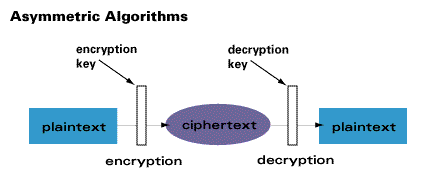
. It was the only type of encryption in use prior to the development of public-key encryption. This process converts the original representation of the information known as plaintext into an alternative form known as ciphertext. Public key algorithms are useful in the exchange of conventional encryption keys.
It is still much preferred of the two types of encryption systems due to its simplicity. We use asymmetric key encryption when we need to transfer only very small amounts of data. It also in put algorithmThe exact substitutions and transformations performed by the algorithm depend on.
Up to 24 cash back Symmetric single key secret key or conventional encryption. The decryption key is kept private hence the private key name while the encryption key is shared publicly for anyone to. Secret encryption key a lining up of algorithms that climbed and unscramble info.
The sequence of numbers used to encrypt and decrypt data is an encryption key. Private key encryption is used to produce digital signatures which provide an enhanced form of message authentication. Algorithms are used to construct encryption keys.
Encryption does not itself prevent interference but denies the. Terms in this set 30 1. In cryptography encryption is the process of encoding information.
Symmetric encryption uses a single password to encrypt and decrypt data. Encryption is a critical tool for maintaining data integrity and its importance cannot be overstated. Modern protocols will use a private key for encryption and a different public key for decryption.
Ideally only authorized parties can decipher a ciphertext back to plaintext and access the original information. There are two main types of encryption systems. Data that has not been encrypted is referred to as plaintext and data that has been encrypted is referred to as ciphertext.
Conventional Encryption also referred to as symmetric encryption or single-key encryption was the only type of encryption in use prior to the introduction of public-key encryption in the late 1970s. In this encryption model the sender encrypts the plaintext using the receivers secret key which can be later used by the receiver to. This serves to thwart cybercriminals who may have used.
The term encryption is commonly used to describe techniques that are intended to protect information from unauthorized access. T or F The two important aspects of encryption are to verify that the contents of the. Symmetric encryption is also referred to as conventional encryption or single-key encryptionIt was the only type of encryption in use prior to the development of public-key encryption.
____ Authenticated encryption _____ is a term used to describe encryption systems that simultaneously protect confidentiality and authenticity integrity of communications. Encryption is one of the most widely used and successful data protection technologies in todays corporate world. This is original message or data that is fed in to a algorithm as input 2Encryption algorithm.
In this encryption method both the sender and the receiver use the same single key. It remains by far the most widely used of the two types of encryption. It is much faster and provides confidentiality for large chunks of data.
It may be considered as intentionally degrading the quality of the multimedia. Symmetric encryption and asymmetric encryption. It ensures non-repudiation authenticity added to confidentiality.
Encryption is done by the person who is sending the data to the destination but the decryption is done at the person who is receiving the data. Encryption is the process of converting plain text into ciphertext ie converting the text from readable format to non-readable format to secure the conversation between two parties or from the unauthorized person. We use symmetric key encryption when we need to transfer large chunks of information and data.
Encryption is a form of data security in which information is converted to ciphertext. It performs various substitutions and transpositions on the plain text. Back to a readable type must be worked by both the sender and the receiver to get the code.
Conventional encryption is a cryptographic system that uses the same key used by the sender to encrypt the message and by the receiver to decrypt the message. The key algorithmic ingredients of _____ CCM _____ are the AES encryption algorithm the CTR mode of operation and the CMAC authentication algorithm. The key is used for both encryption and decryption purposes.
In public key encryption the sender and the receiver use different keys. T or F The strength of a hash function against brute-force attacks depends solely on the length of the hash code produced by the algorithm. An encryption key is a series of numbers used to encrypt and decrypt data.
Conventional Encryption Principles An encryption scheme has five ingredients. In asymmetric or public key encryption there are two keys. Heres how theyre different.
Perceptual encryption is a term used to describe various applications of encryption methods intended for audio speech image and video data. Asymmetric two key or public key encryption. The complexity of encryption methods has been successively increasing ever since.
Only authorized people who have the key can decipher the code and access the original plaintext information. One key is used for encryption and a different key is used for decryption. Confidentiality with Conventional Encryption The universal technique for providing confidentiality for transmitted data is conventional encryption.
In even simpler terms encryption is a way to render data unreadable to an unauthorized party. Encryption keys are created with algorithms. Encryption is a process of converting normal data into an unreadable form whereas Decryption is a method of converting the unreadablecoded data into its original form.
Symmetric and Asymmetric Encryption. The basic idea is that one performs encryption for multimedia content in a way that only a certain amount of perceptual information is touched by the encryption. Since ancient times various methods have been used to transform readable contentknown as plaintextinto a non-readable form.
Terms in this set 30 T or F Public key algorithms are useful in the exchange of conventional encryption keys.

Difference Between Encryption Algorithms Algorithm Cryptography
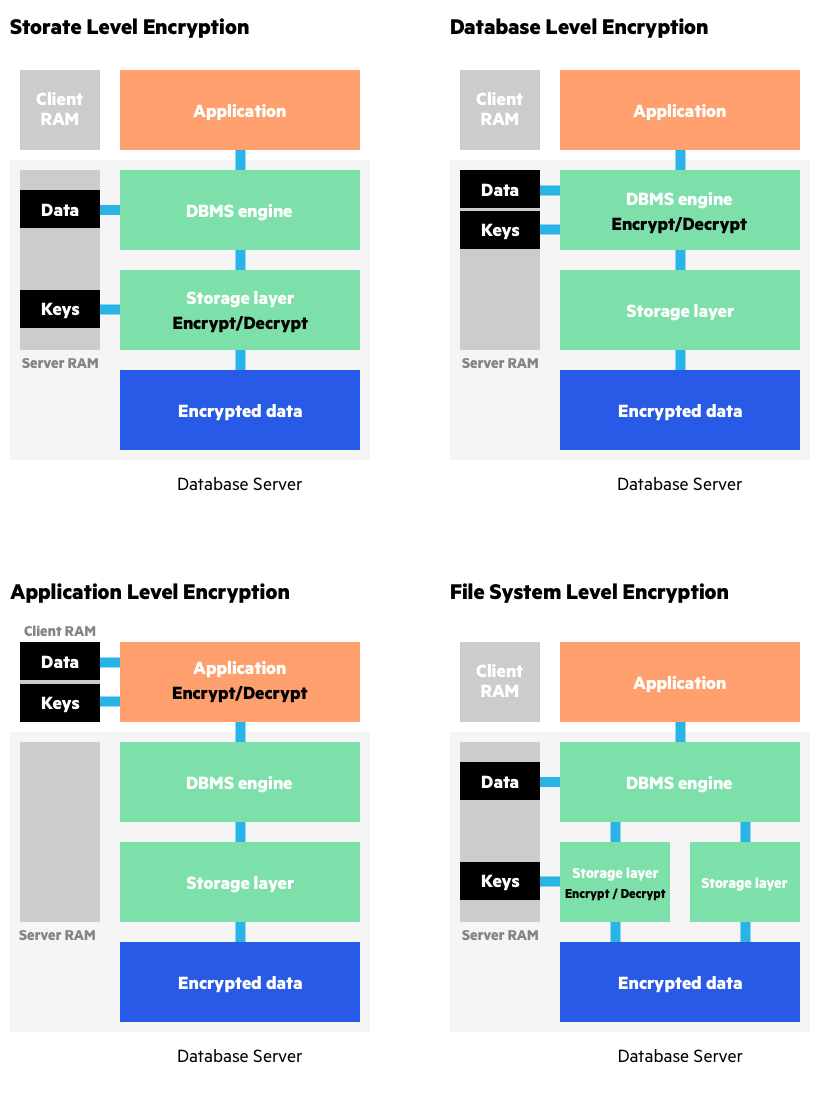
What Is Data Encryption From Des To Modern Algorithms Imperva

The Key Differences Between Symmetric Vs Asymmetric Encryption Encryption Cyber Security Awareness Algorithm

Conventional Encryption Geeksforgeeks
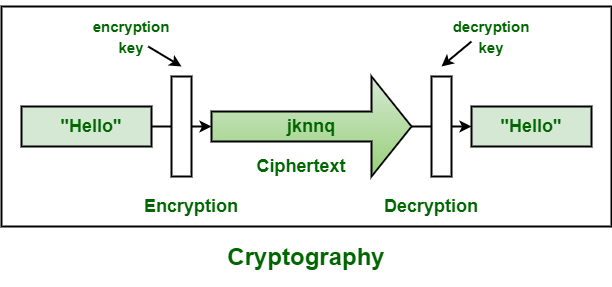
Difference Between Encryption And Cryptography Geeksforgeeks
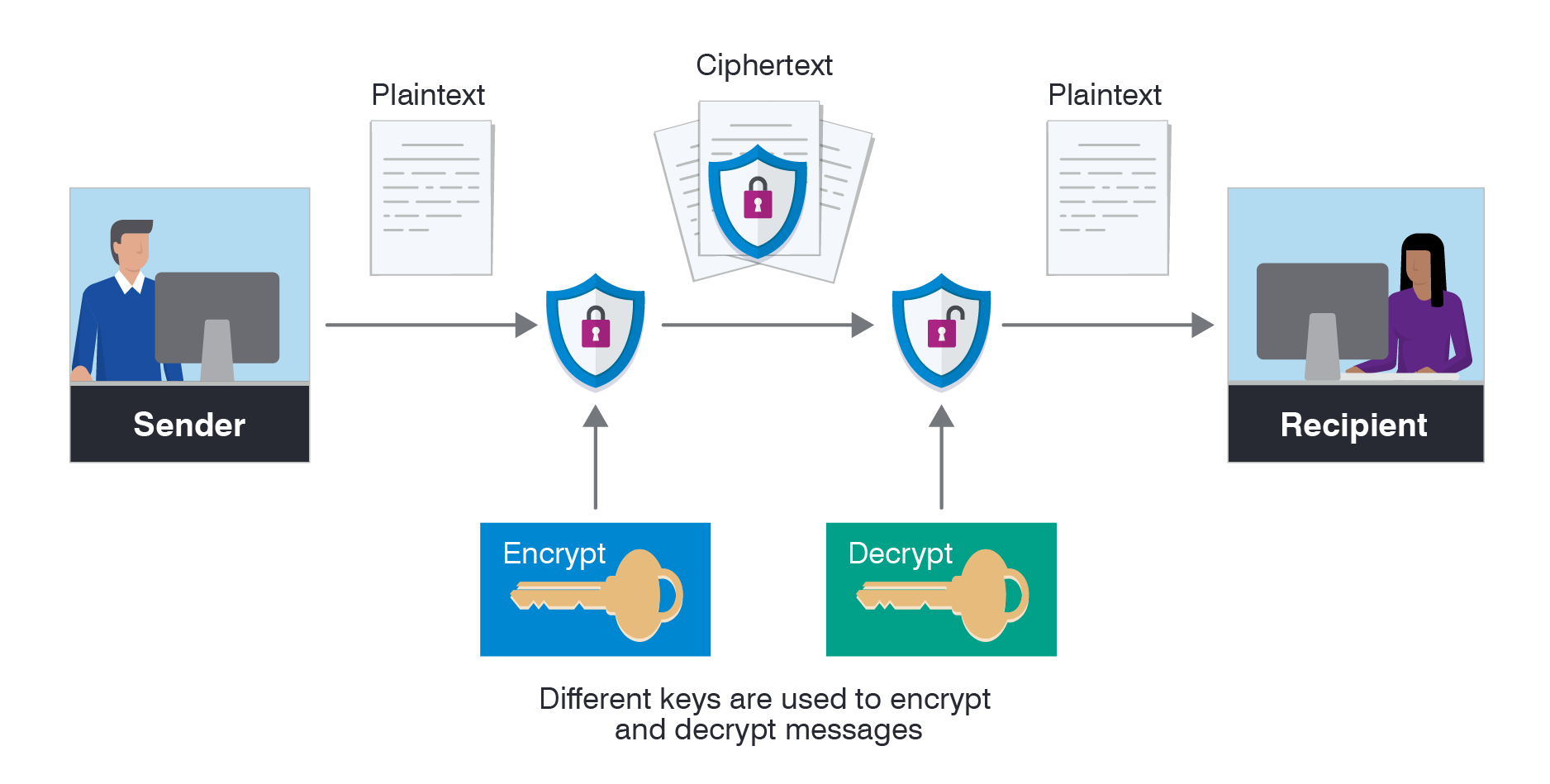
What Is Encryption Types Algorithms Practices Proofpoint Au

Symmetric Vs Asymmetric Encryption What Are The Difference Encryption Ssl Certificate Web Security
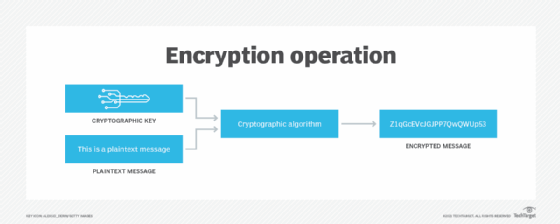
What Is An Encryption Key Definition From Searchsecurity

Symmetric Vs Asymmetric Encryption 101 Computing
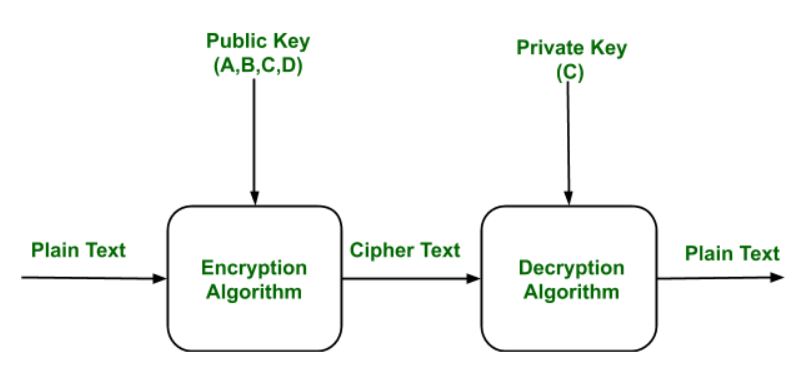
Public Key Encryption Geeksforgeeks

Symmetric Encryption Encryption Safe Internet Wireless Router

Difference Between Encryption And Cryptography Geeksforgeeks

What Types Of Encryption Are There Ico

Symmetric Vs Asymmetric Cryptography Cryptography Software Security Symmetric Cryptography

Cryptography Defined Brief History

Beginner S Guide To The Basics Of Data Encryption Infosec Resources

Useful Information On Message Encryption Http Computersight Com Software Useful Information On Message Encryption Cryptography Encryption Coders Humor
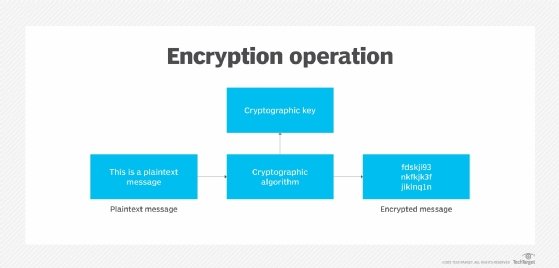
What Is The International Data Encryption Algorithm Idea How Does It Work

Comments
Post a Comment